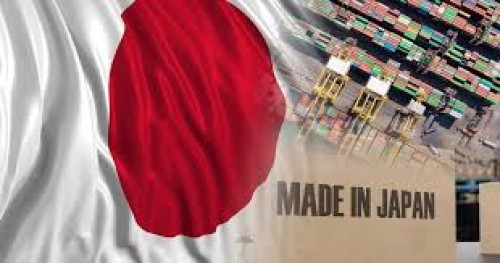Best Source for B2B Industry Trends, News and Updates

Exports to the U.S. fell dramatically, down by 10.1 percent, and those to China slipped by 3.5 percent. Despite these drops in value, the actual volume of goods shipped remained more stable, largely because Japanese businesses are absorbing costs rather than raising prices.
Analysts suggest that if tariffs continue at this rate, Japanese exporters may lose competitiveness in key markets where cheaper alternatives are available.
The biggest hit came to the automotive sector. Exports of Japanese cars to the U.S. tumbled by 28.4 percent in value, while auto parts also dropped 17.4 percent.
In response, Japanese automakers have cut prices and absorbed the higher tariffs to keep goods moving, resulting in a volume decline of just 3.2 percent. Earlier in April, the U.S. imposed 25 percent tariffs on Japanese automobiles and parts. Though a trade agreement in July lowered this to 15 percent, the rate is still much higher than the original 2.5 percent, creating a lasting strain on carmakers and their suppliers.
Electronics and machinery exporters are also beginning to feel pressure, with shipments slowing to both the U.S. and Asian markets, signaling broader risks for Japan’s industrial base.
Beyond autos, Japan’s imports also fell by 7.5 percent; less than expected, bringing a trade deficit of 117.5 billion yen (about $795 million), rather than the projected surplus.
The Ministry of Finance confirmed this slide in exports added to financial pressures. Still, Japan’s economy showed strength in the April-June quarter, with solid growth fueled by exports and business investment.
With the reduced tariff uncertainty, economists now expect the Bank of Japan to resume raising interest rates as soon as October to keep economic momentum going.
